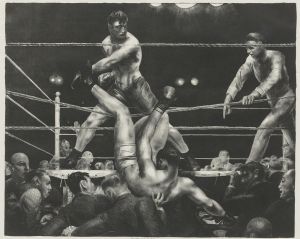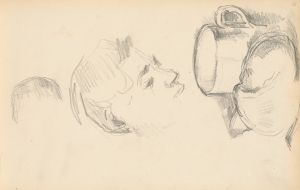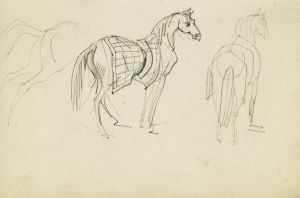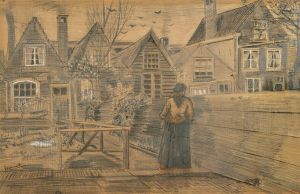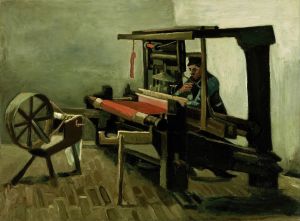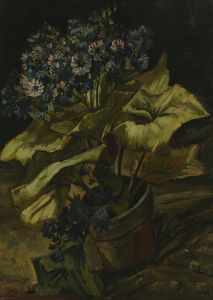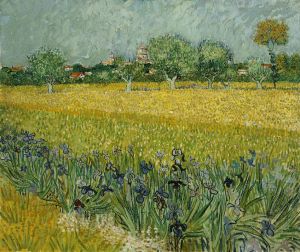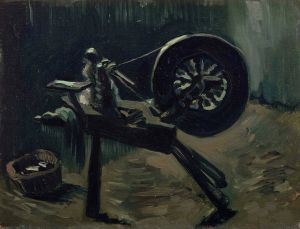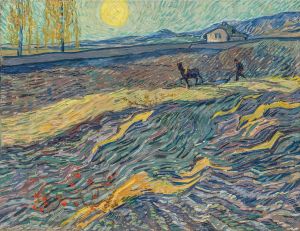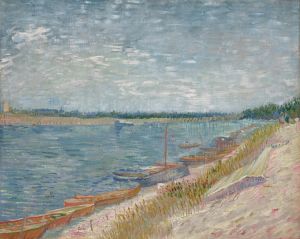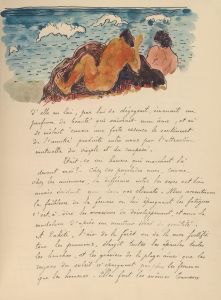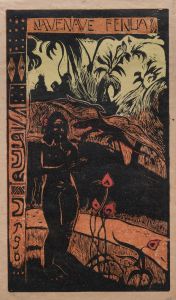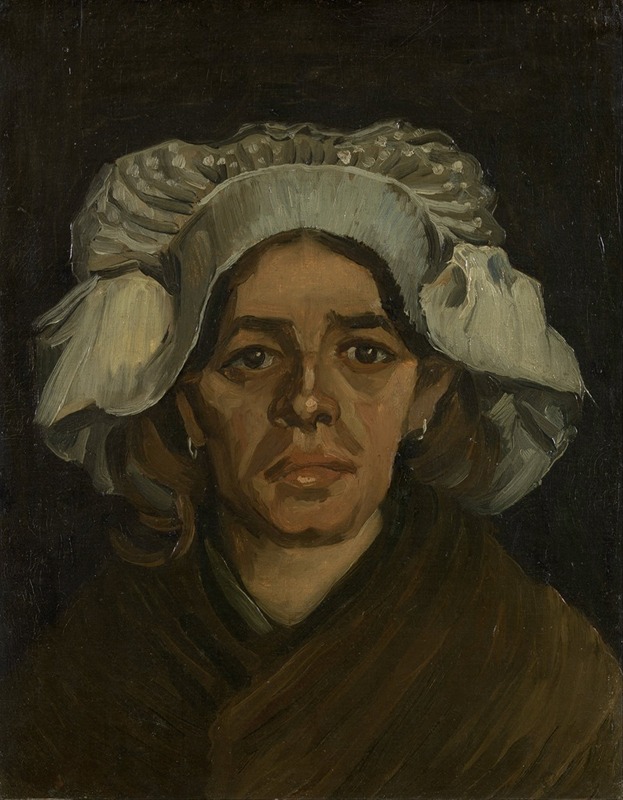
Head Of A Woman 3
A hand-painted replica of Vincent van Gogh’s masterpiece Head Of A Woman 3, meticulously crafted by professional artists to capture the true essence of the original. Each piece is created with museum-quality canvas and rare mineral pigments, carefully painted by experienced artists with delicate brushstrokes and rich, layered colors to perfectly recreate the texture of the original artwork. Unlike machine-printed reproductions, this hand-painted version brings the painting to life, infused with the artist’s emotions and skill in every stroke. Whether for personal collection or home decoration, it instantly elevates the artistic atmosphere of any space.
"Head of a Woman 3" is an oil painting created by the Dutch post-impressionist artist Vincent van Gogh. This work is part of a series of portraits that van Gogh painted during his time in Nuenen, a village in the southern Netherlands, where he lived from December 1883 to November 1885. The painting is believed to have been completed around 1884-1885.
Vincent van Gogh, known for his vivid and emotive use of color and brushwork, focused on capturing the essence of the rural working class during his Nuenen period. "Head of a Woman 3" is a testament to his dedication to portraying the lives and faces of the local peasants. The subject of this painting is an anonymous woman, depicted with a somber and contemplative expression, which is characteristic of van Gogh's portraits from this period.
The painting features a muted color palette, dominated by earthy tones and dark shades, reflecting the harsh and humble conditions of peasant life. Van Gogh's brushstrokes are deliberate and textured, adding depth and character to the woman's face. The detailed rendering of her facial features, including the lines and contours, showcases van Gogh's keen observational skills and his ability to convey emotion through his art.
"Head of a Woman 3" is part of a broader body of work that includes other similar portraits, such as "Head of a Peasant Woman with White Cap" and "Head of a Peasant Woman with Dark Cap." These works collectively highlight van Gogh's interest in the human condition and his empathy towards the working class. During his time in Nuenen, van Gogh produced numerous studies and sketches of peasants, which later influenced his more famous works, such as "The Potato Eaters."
The painting is relatively small in size, typical of van Gogh's portraits from this period, allowing for an intimate and focused portrayal of the subject. The simplicity of the composition, with the woman's head and shoulders set against a plain background, draws the viewer's attention directly to her face and expression.
"Head of a Woman 3" is housed in the Van Gogh Museum in Amsterdam, which holds the largest collection of van Gogh's works. The museum provides valuable insights into the artist's life and creative process, offering visitors a comprehensive view of his artistic development.
Vincent van Gogh's time in Nuenen was a formative period in his career, during which he honed his skills as a portraitist and developed his unique style. "Head of a Woman 3" exemplifies his commitment to capturing the dignity and resilience of the rural poor, a theme that resonates throughout his oeuvre. This painting, along with others from the same period, serves as a poignant reminder of van Gogh's deep connection to the people and landscapes that inspired him.





